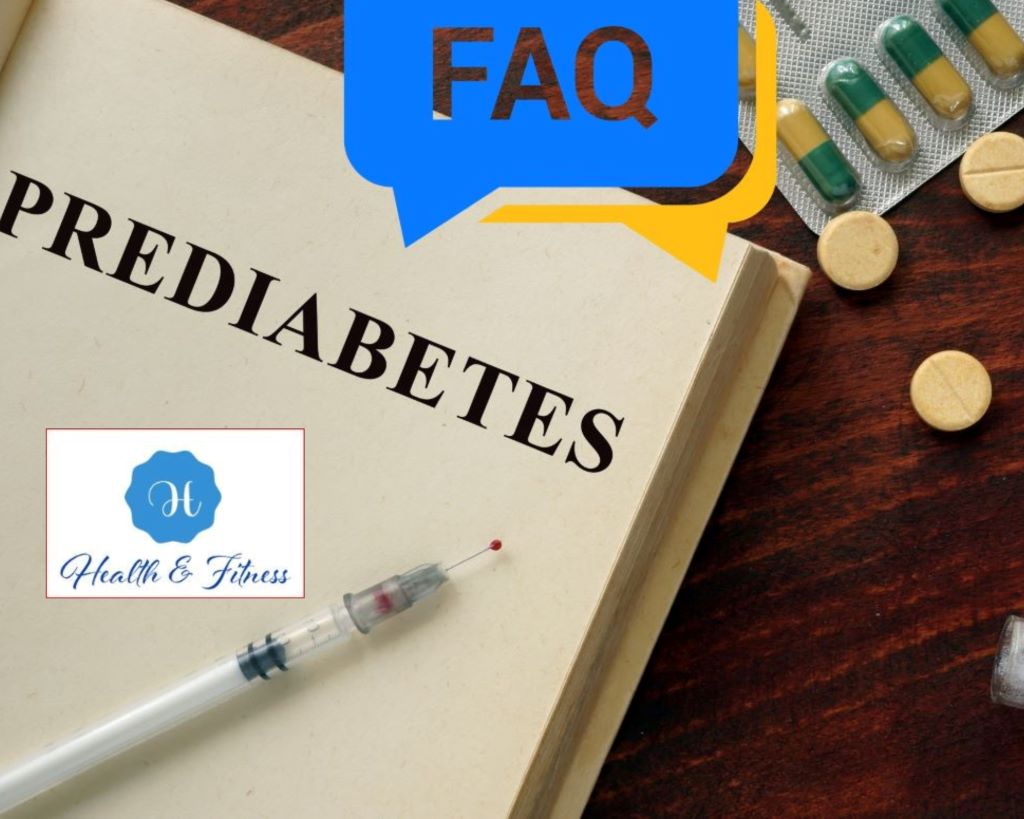Discover the signs and risks of prediabetes and learn how to prevent it. Get essential information and answers to FAQs about this reversible condition. Act now! Prediabetes is a growing health concern affecting millions of people worldwide.
It signals that your blood sugar levels are above normal, but not yet high enough to be diagnosed as type 2 diabetes. The news? With the right lifestyle changes, prediabetic conditions can often be reversed. In this article, we’ll explore what borderline diabetes is, its symptoms, its risks, and how to prevent it.
What is Prediabetes?
It is a condition where blood sugar levels are elevated but not high enough to meet the threshold for type 2 diabetes. It’s often referred to as borderline diabetes or non-diabetic hyperglycemia. This condition indicates that your body is struggling with insulin resistance, which means your cells aren’t responding properly to insulin. If left unmanaged, glucose intolerance can lead to type 2 diabetes and increase the risk of serious health problems like heart disease and stroke.
Symptoms: What to Watch For?
Most people with borderline diabetes don’t experience noticeable symptoms. However, some may notice:
- Increased thirst or hunger
- Frequent urination
- Fatigue or weakness
- Blurred vision
- Slow-healing wounds
- Darkened patches of skin (often around the neck or armpits)
These symptoms are subtle but important to recognize. Regular screening is essential if you have any risk factors for glucose intolerance.
Prediabetes Risk Factors
Certain factors increase the likelihood of developing prediabetes. These include:
- Being overweight: Excess weight, especially around the abdomen, contributes to insulin resistance.
- Family history: If a parent or sibling has diabetes, your risk increases.
- Age: People over 45 are more likely to develop Borderline diabetes.
- Physical inactivity: A sedentary lifestyle can lead to weight gain and poor blood sugar control.
- Ethnicity: African American, Hispanic/Latino, Native American, Asian American, and Pacific Islander populations are at higher risk.
- Health conditions: High blood pressure, high cholesterol, or conditions like PCOS (polycystic ovary syndrome) can contribute to borderline diabetes.
- Gestational diabetes: Women who had diabetes during pregnancy are at higher risk.
Understanding these risk factors can help you take proactive steps toward prevention.
How are Prediabetes Diagnosed?
Doctors use specific tests to diagnose Borderline diabetes:
- Fasting Blood Glucose Test (FPG): Measures blood sugar after an overnight fast. Levels between 100–125 mg/dl indicate borderline diabetes.
- HbA1c Test: Reflects average blood sugar over 2–3 months. A result between 5.7% and 6.4% suggests impaired glucose tolerance.
- Oral Glucose Tolerance Test (OGTT): Measures blood sugar before and after drinking a glucose solution. Levels between 140–199 mg/dl indicate impaired glucose tolerance.
These tests help identify borderline diabetes early so you can act.
The Risks of Prediabetes
Prediabetes increases your chances of developing:
- Type 2 diabetes
- Cardiovascular disease
- Metabolic syndrome
- Kidney damage
- Nerve damage
Studies show that people with Early-stage diabetes have up to a 50% chance of developing type 2 diabetes within five years if no lifestyle changes are made.
Can Prediabetes Be Reversed?
Yes! One of the most encouraging aspects of Borderline diabetes is that it’s reversible for many people through lifestyle changes like diet and exercise.
Key Steps for Reversing Prediabetes:
- Lose weight if you’re overweight (even a modest loss of 5–10% of body weight helps).
- Exercise regularly (aim for at least 150 minutes per week).
- Follow a balanced diet, focusing on whole grains, lean proteins, fruits, vegetables, and healthy fats.
- Avoid sugary drinks and processed foods.
- Manage stress through relaxation techniques like yoga or meditation.
I’ve seen people transform their health by making small but consistent changes like these!
The Role of Lifestyle Changes in Prevention
Preventing type 2 diabetes starts with addressing Borderline diabetes early:
- Healthy Eating:
- Consume fibre-rich foods such as veggies, fruits, and whole grains.
- Limit refined carbs and sugary snacks that spike blood sugar levels.
- Regular Exercise:
- Activities like walking, cycling, or swimming improve insulin sensitivity.
- Strength training helps build muscle and burn fat.
- Weight Management:
- Losing even a handful of weight reduces the risk of progression to type 2 diabetes.
- Quit Smoking:
- Smoking worsens insulin resistance and increases cardiovascular risks.
- Adequate Sleep:
- Poor sleep disrupts metabolism and increases cravings for unhealthy foods.
By focusing on these habits, you can significantly lower your risk of developing diabetes.
Frequently asked questions
What does pre-diabetic mean?
Being pre-diabetic signifies that your blood sugar levels are elevated but not yet at the threshold for a diabetes diagnosis. It’s a warning sign that your body isn’t using insulin effectively (insulin resistance) and requires immediate attention to prevent type 2 diabetes.
Does prediabetes go away?
Yes! With lifestyle changes like healthy eating, regular exercise, and weight loss, many people can reverse their borderline diabetes and return their blood sugar levels to normal ranges.
What is the best medication for prediabetes?
The most prescribed medication for managing prediabetes is Metformin. It helps reduce blood sugar levels by enhancing insulin sensitivity. However, lifestyle changes remain the first-line treatment for most individuals.
How do you fix being prediabetic?
To “fix” being prediabetic:
- Lose weight if needed.
- Follow a balanced diet rich in fibre and low in refined carbohydrates (a prediabetes diet).
- Exercise regularly (at least 30 minutes daily).
- Manage stress through relaxation techniques.
- Monitor your blood sugar levels regularly.
These steps can help reverse prediabetic conditions effectively.
The Importance of Early Detection
Early detection of prediabetes allows you to act before it progresses into type 2 diabetes or leads to complications like heart disease or nerve damage. Regular screenings are especially important if you have risk factors like obesity or a family history of diabetes.
Conclusion: Take Control Today
Prediabetes doesn’t mean you’re destined to develop type 2 diabetes—it’s a wake-up call that allows you to take control of your health now. By understanding the symptoms, risks, and prevention strategies outlined here, you can make informed decisions about your lifestyle.
Remember: Small changes today can lead to big health benefits tomorrow! Start by eating healthier meals, staying active, managing stress, and losing excess weight if needed. With commitment and consistency, reversing prediabetic conditions is possible!



